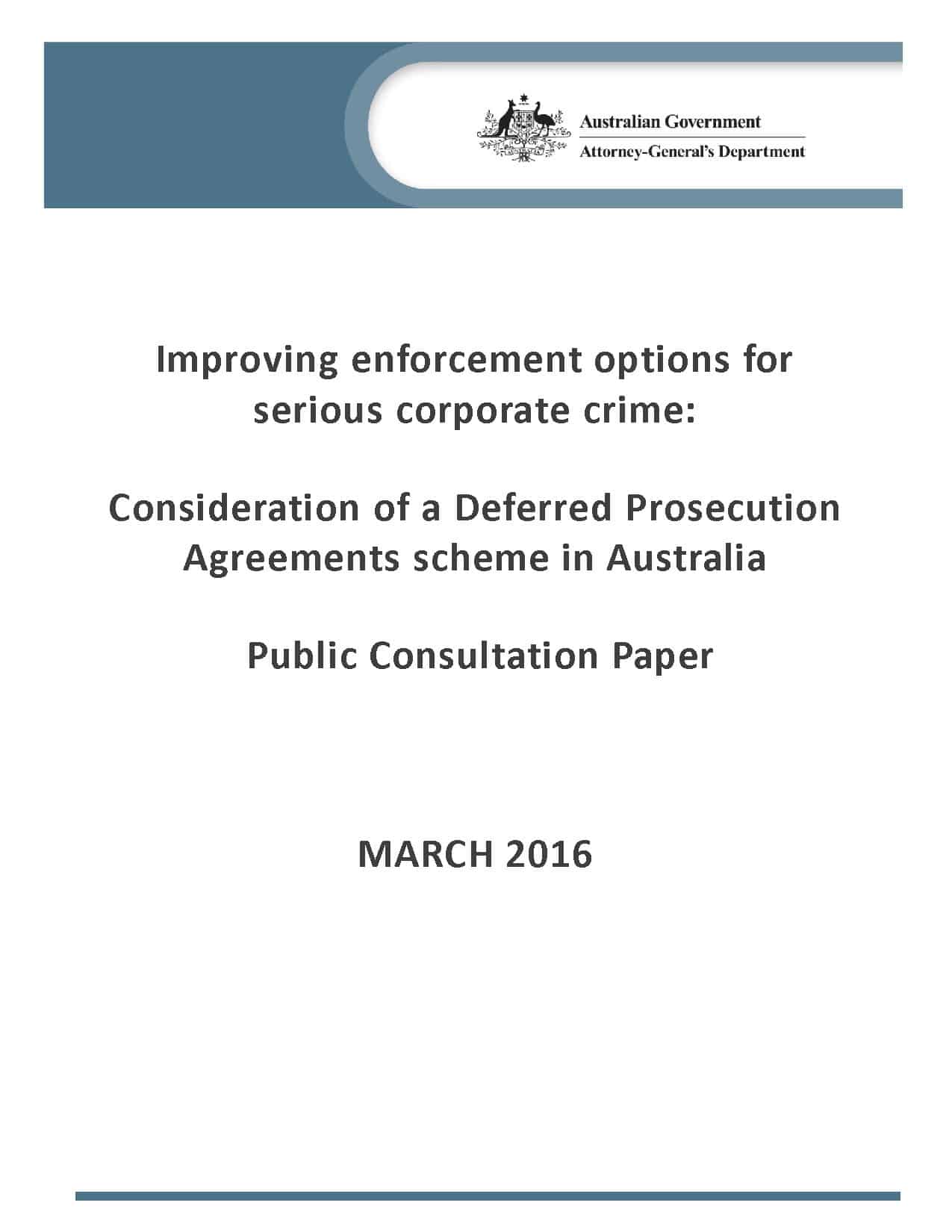In occupational health and safety (OHS), as in most things, it is possible to learn more from what is not said than what is said. Recently WorkSafe Victoria released a guidebook for employers on “Preventing and managing work-related stress”. Given the current community focus on stress, health and wellness, discussion of this document’s release has been quite muted. Part of the reason is that, in some ways, the guidebook does not fit with the contemporary health and wellness push.
WorkSafe has been publishing guidance on workplace stress and its subset, workplace bullying, for well over 20 years. It’s Stresswise publication has been a de facto reference on the hazard and the workplace bullying changes initiated by the ACTU and implemented by WorkSafe Victoria, emerged from. ACTU surveys of its members specifically on workplace stress.
Part of the significance of investigating workplace stress is that the major causes are institutional, that is, the way businesses are managed rather than with the individual’s capacity to cope. It is here that the WorkSafe guidebook conflicts with the common approaches of the wellness advocates.

